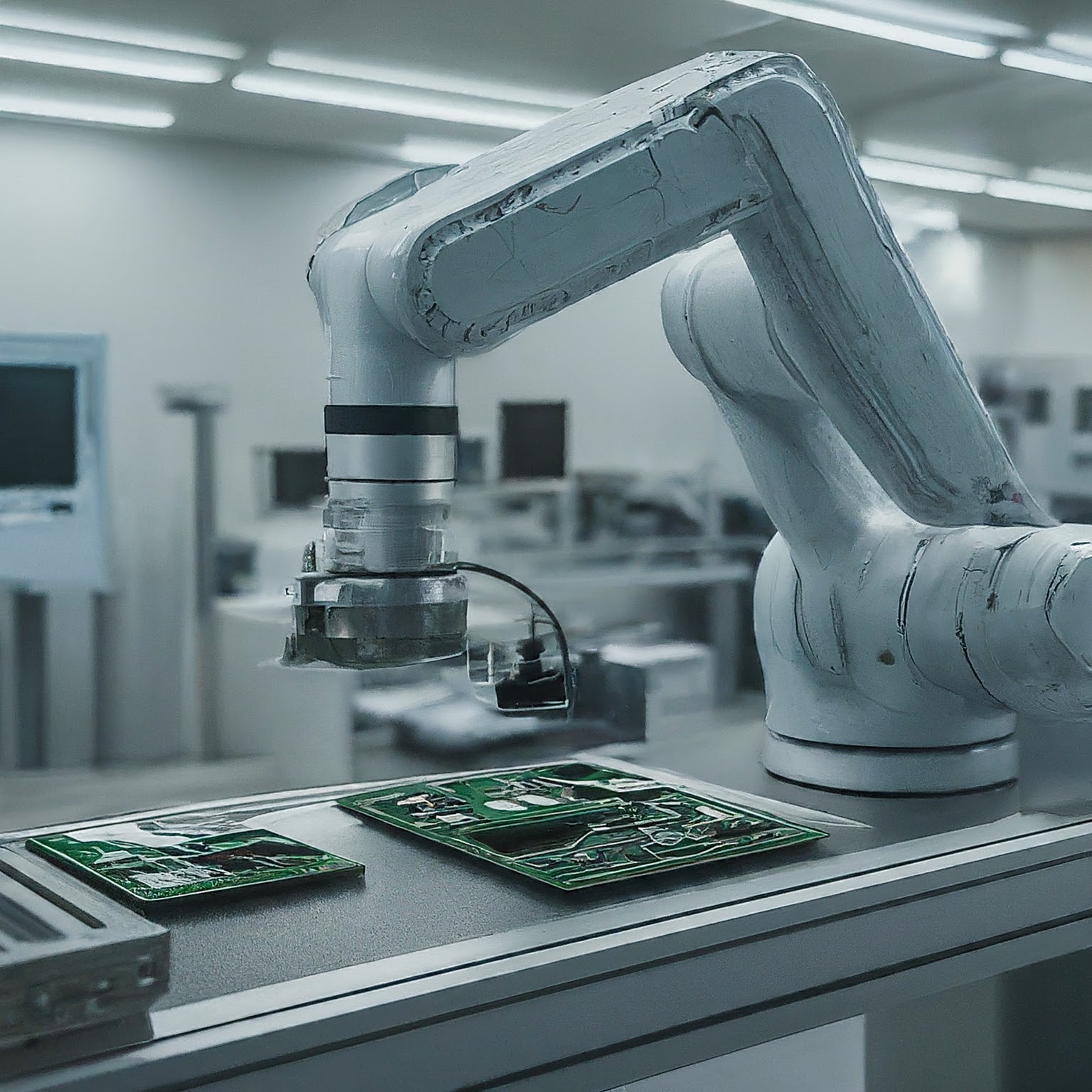Artificial Intelligence: Revolutionizing the World, One Algorithm at a Time

Artificial intelligence (AI) has become a ubiquitous term, woven into the fabric of our daily lives. From the moment you wake up to a smart alarm powered by AI to scrolling through social media feeds curated by algorithms, AI is subtly shaping our world. But what exactly is AI, and how is it revolutionizing different aspects of our lives? This article delves into the fascinating world of AI, exploring its core concepts, applications, and the profound impact it has on individuals, societies, and the future itself.
Demystifying AI: What is it and How Does it Work?

AI can be broadly defined as the intelligence exhibited by machines that mimic human cognitive functions such as learning, problem-solving, and decision-making. However, unlike human intelligence, which is biological and holistic, AI is a collection of techniques that enable machines to achieve seemingly intelligent behavior.
At the heart of AI lie algorithms, sophisticated sets of instructions that guide a computer through specific tasks. These algorithms are trained on vast amounts of data, allowing them to identify patterns and relationships within the data. Over time, as the algorithm processes more data, it refines its ability to make predictions, classifications, or decisions with increasing accuracy.
Here are some of the key subfields of AI that contribute to its overall functionality
Machine Learning (ML): This branch of AI focuses on algorithms that can learn and improve from data without explicit programming. ML algorithms are trained on datasets, enabling them to identify patterns and make predictions based on the learned relationships.
Deep Learning: A subset of ML, deep learning utilizes artificial neural networks, loosely inspired by the structure of the human brain. These complex networks consist of interconnected nodes (artificial neurons) that process information in layers, allowing for highly accurate pattern recognition and decision-making.
Natural Language Processing (NLP): This field focuses on enabling machines to understand and manipulate human language. NLP techniques are used in everything from chatbots and virtual assistants to sentiment analysis and machine translation.
Computer Vision: This subfield empowers machines to interpret and analyze visual information. Computer vision algorithms are used in tasks like facial recognition, image and video analysis, and autonomous vehicles.
The Many Faces of AI: Applications Transforming Our World
AI's reach extends far and wide, transforming industries and impacting our daily lives in countless ways. Here are some prominent examples of AI applications across various sectors:
Healthcare: Diagnostics and Treatment: AI algorithms are being used to analyze medical scans, identify diseases in their early stages, and even suggest personalized treatment plans.
Drug Discovery: AI is accelerating the process of drug discovery by analyzing vast datasets of molecular structures and predicting potential drug candidates.

Robotic Surgery:
AI-powered surgical robots are assisting surgeons with increased precision, minimal invasiveness, and improved patient outcomes.
Business and Finance
Fraud Detection: AI algorithms are able to analyze financial transactions in real-time, identifying patterns and anomalies that may indicate fraudulent activity.
Market Prediction: AI-powered tools are used to analyze market trends and predict future market movements, assisting with investment decisions.
Customer Service: Chatbots powered by AI are transforming customer service by providing 24/7 support, answering basic queries, and directing customers to the appropriate resources.
Transportation
Self-Driving Cars: AI is at the forefront of developing self-driving vehicles, revolutionizing transportation by offering safer, more efficient, and potentially on-demand mobility solutions.
Traffic Management: AI-based systems can analyze traffic patterns in real-time, optimize traffic flow, and reduce congestion on roads.


You must be logged in to post a comment.